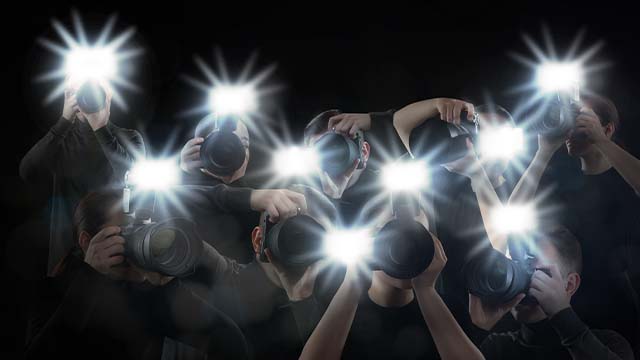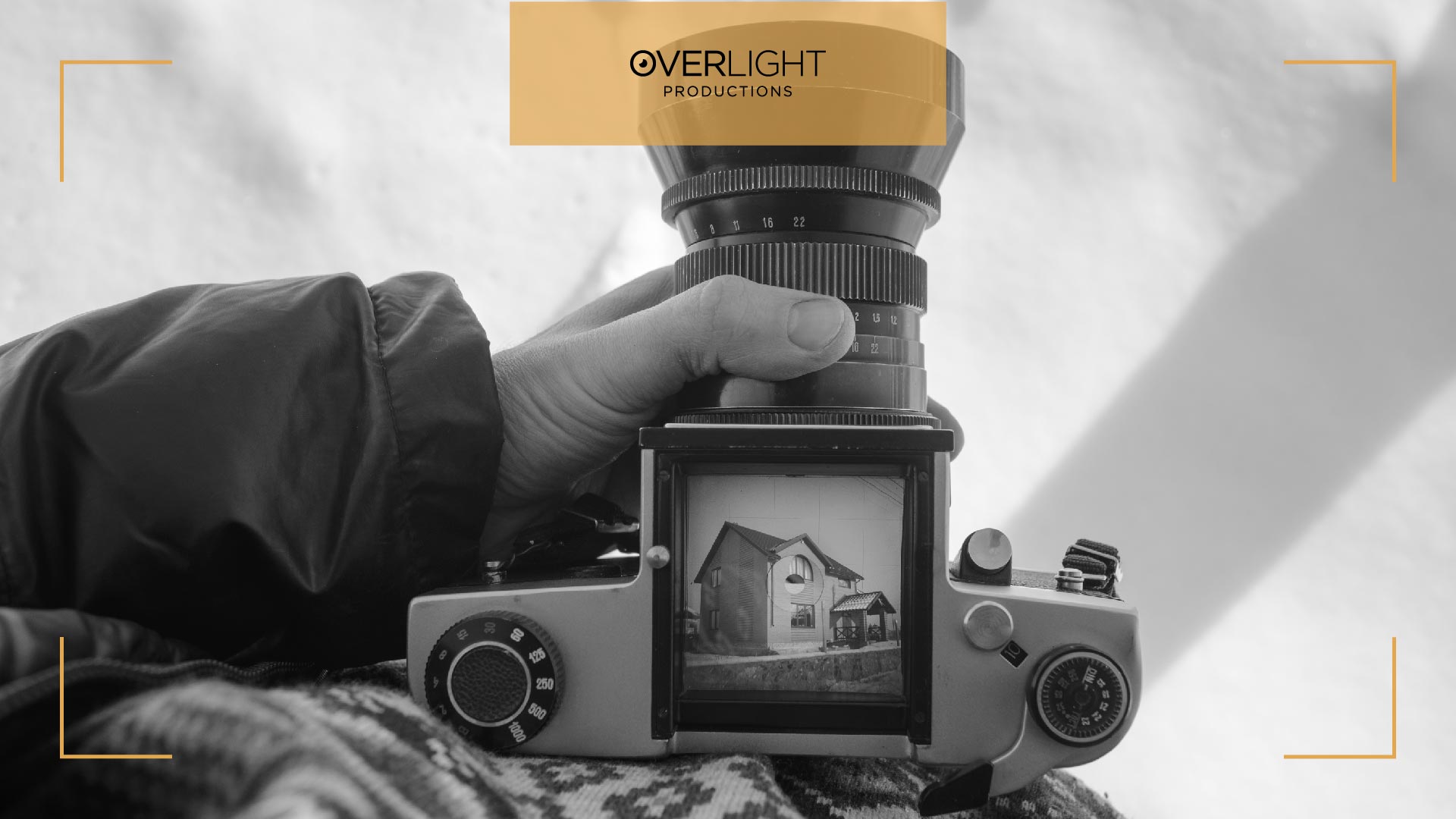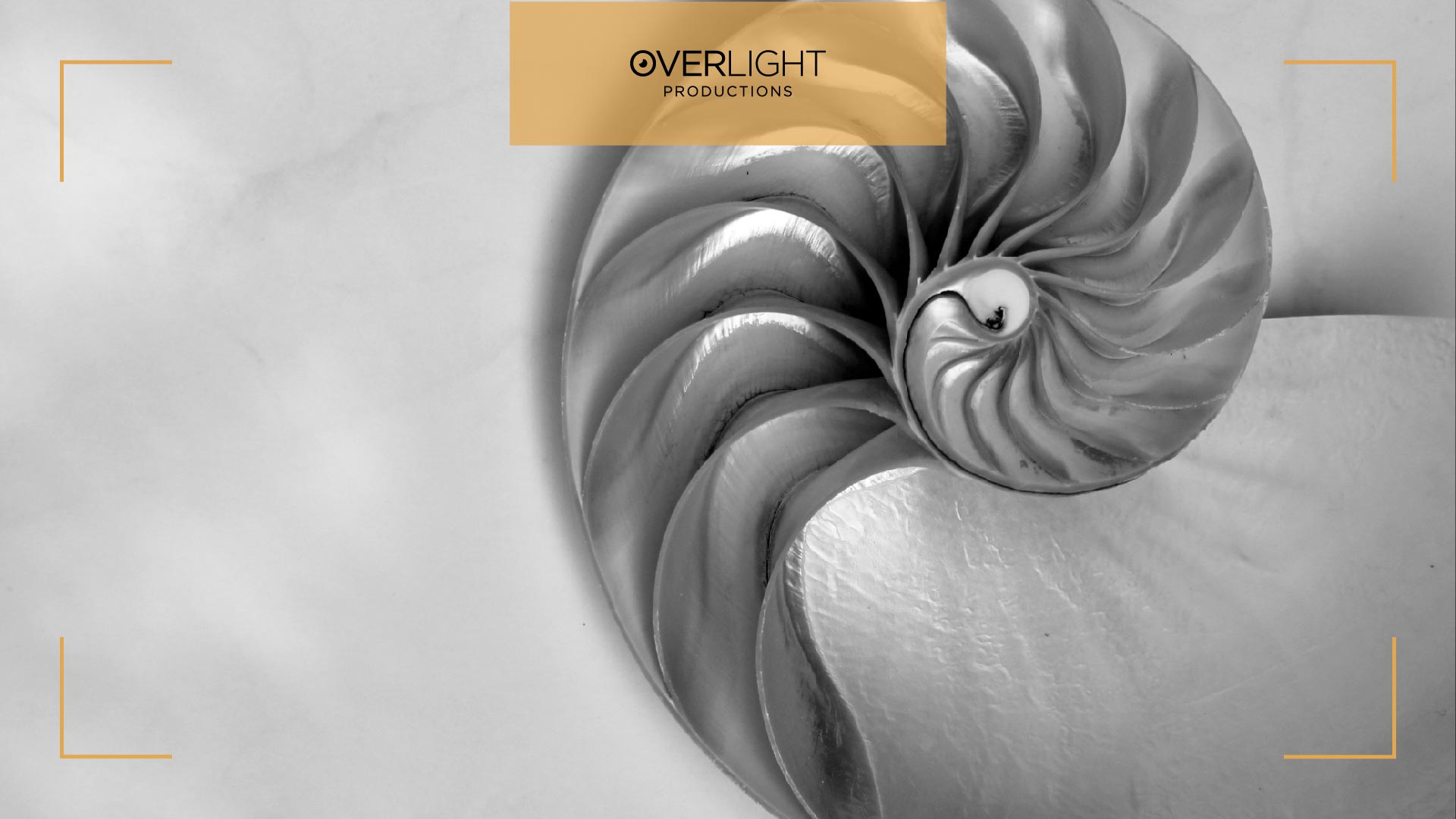 30 - July - 2024
30 - July - 2024
We get it… event photography can be difficult. Whether you are photographing a conference, corporate event, award ceremony, or family gathering, you need proper focus.
With dark lighting, occasionally awkward subjects, continuous movement, and limited angles, it's challenging.
You can improve the quality of your event photos by adopting some useful strategies. That’s why we have compiled a detailed list of tips and suggestions from our expert event photographers in the UAE.
Let’s get started.
Useful Event Photography Tips

Tip 1: Preparing for the Event
Of course, preparation is the key step to everything.
It’s crucial to get fully prepared days and (even) weeks before the event you are photographing. Firstly, schedule a meeting with your client to discuss expectations. Ask questions, give suggestions, ideas… well, you know the drill!
Here are some pointers for more effective client meetings if you are dealing with a new or prospective client:
Do Proper Research
To ensure you don’t miss any important moments, do some research on who is attending, what the event is about, and when specific activities will be performed. Also, know where the key activities will be held.
Make a List of Photographs (with Angles)
A photography list serves as an excellent tool for communication between you and the client.
It will save you a lot of time and give you peace of mind because it guarantees that everything is covered.
Wear Proper Clothes
Experts recommend that photographers should wear neutral-colored clothing. Bright colors should be avoided as they are highly distracting.
They could also cause a color cast on the subject due to reflected light from the clothing. So, most photographers wear black or grey.
Read also: What Is Corporate Photography: Types, Features & Future Trends
Tip 2: Know When to Utilize Flash

We photographers adore the way natural lighting feels. On the other hand, knowing when and how to use artificial light can be quite helpful in low-light settings. So, do proper research when to use the flash.
For example…
When it Comes to Indoors—Churches, Weddings & Business Gatherings
It is highly advised to use an external flash for indoor event photography so that the light can bounce off a white wall or ceiling for a more natural look.
Keep in mind that when it comes to using external flashes, TTL mode is your best body!
However, if you want better results, don’t be scared to change your flash exposure adjustment.
When it Comes to Outdoors—Festivals, Sports Event

Many of the photographers we know don’t think flash looks natural outdoors. Or they don’t bother using it at all.
To avoid heavy shadows, you must use flash in the appropriate settings, such as when your subject is poorly lit, when the sun is bright, or when photographing backlight.
This leads to our next point…
Tip 3: Learn the Skill of Shooting in Dim Light
Let’s get one thing straight… event photography frequently requires you to work in difficult lighting situations.
Of course, it depends on the kind of event. But generally speaking, anything that makes a location appear amazing and interesting can also make it difficult to capture on camera.
It’s always hard to take good photos when you don’t have enough light. This is because the word photography literally means “drawing with light”.
Tip 4: Be Flexible
Flexibility saves you in the long run.
At your event, unexpected changes in artificial or natural lighting can occur. So, be ready to make adjustments to your camera settings. This includes shutter speed as needed.
With practice, this becomes less difficult.
You have to quickly adjust your settings when a videographer enters the vicinity with a video light, even though you are ready to go.
Read also: 12 Types of Lighting in Photography
Tip 5: Frame The Shot

A group of 4 to 5 people is an excellent composition for a landscape shoot. Make variations in your photos by including head, mid, and full body shots.
Tightly crop and avoid white or blank areas unless that’s the desired effect. Take a step backwards and extend the focal length. Because of course, you don’t want distortion.
Tip 6: Shoot in RAW Image Format
That’s a given!
You must shoot in RAW format if you want to get excellent pictures. All of the sensor’s data is captured in RAW format, providing you with the best quality work.
It could be challenging to use Lightroom or Photoshop to modify JPEG format. This is especially the case when there is dim light.
It would be simpler for you to fix highly underexposed and overexposed photos if you use RAW format.
We can go on and on about how great shooting in RAW is, so if your drives have enough space, use it!
Tip 7: Use the Burst Mode for Shooting
Speaking of fleeting moments, you can better catch these by using burst mode when shooting.
With the burst mode, all you have to do is hold down the shutter to quickly take several photos at once.
Burst mode is useful for capturing fast-moving events, such as concerts or sports events. It should also be used to record fleeting moments, such as a person blowing out birthday candles.
Burst mode is designed to record every frame of activity during these brief and important moments.
Read also: 15 Ways to Make Corporate Videos More Interesting (And Appealing)
Tip 8: About Candid & Natural Moments

Events are better captured in candid shots, whether they show attendees having a good time or presenters in the middle of their speech.
However, getting good candid shots is frequently easier said than done. That’s why you need to hire professional event photography services in Dubai that have the complete skillset and experience to do so.
Tip 9: Continuous Autofocus
Turn on Face/Eye Tracking or set your camera’s focus mode to continuous (commonly shortened to AF-C or Servo AF).
This will help in maintaining concentration on your subject even when they move.
Tip 10: Use Only Essential Equipment for Event Photography

There comes the important part…
By choosing the right equipment for your shoot, you are halfway there to capture some fantastic photos. It’s part of your preparation as well.
How do you select a camera lens when there are so many different types available? Effective lenses are ideal when it comes to event photography.
Most professionals like to shoot with 2 DSLR cameras. One camera body should have an on-camera flash and a focal point that ranges from 16 to 35 millimeters. Its aperture should be set to f/4.
When you want everyone in a staged photo to be uniformly and brightly lit, go for this one.
The other camera should have an f/1.2 aperture and a 150 millimeters telephoto lens. You can take more artistic or candid shots with a shallower depth of field by using this lens without a flash.
So, make sure to pack a variety of lenses and flashes, light stands for freestanding flash setups, and some interesting toys like prims, etc.
You can compile a packing list of your favorite items once you have decided what suits you best.
Tip 11: Make A Backup of Your Pictures
Make multiple backups of your photographs. Don’t delete a memory card until your client has their images.
Hard disks malfunction can happen. So be prepared for worst case scenarios.
Tip 12: Make Options, Then Modify in Batches
Go through your photos first and then choose the ones you think your client should see.
No one wants to look through 2000 photos. After you have chosen the best images from your session, consider making adjustments to the white balance, shadows, sharpness and highlights.
You can make your own custom preset in Adobe Photoshop Lightroom to make the same adjustments to all of your photographs at once.
Read also: Importance of Live Coverage for Brand Events
FAQs
How to do photography for an event?
When it comes to event photography, you should begin by preparing your shots. Here’s how you can do it… Identify the right moments such as speeches or special activities. Opt for good lighting whenever possible. Use flash for dimly lit settings or areas. Capture moments that reflect emotions. Take wide-angle shots to include the scene and close up shots for features. Blend in with the surroundings to ensure people feel at ease with you. Lastly, take enough number of photos to increase the chances of capturing the right ones.
What are the 3 most important things in photography?
The primary elements in photography are light, composition and focus. When these elements come together effectively, they enable you to capture photos that are well-lit, well composed and sharp.
- Light plays a key role in determining how your photo turns out. It's advisable to utilize natural light or high-quality artificial light sources.
- Composition refers to how you arrange elements within your frame. Strive for balance and interest.
- Focus is vital for ensuring that your subject appears sharp and well -defined.
What are the 5 steps to great photography?

Here are 5 essential steps for achieving great photography results:
1- Plan Your Shot: Consider what you want to capture and how to frame it the right way.
2- Check the Lighting: Utilize natural light (if possible). Adjust your camera settings for optimal exposure.
3- Compose Well: Arrange elements within your frame to create a balanced image.
4- Focus: Make sure that your main subject is sharp and in focus.
5- Review and Edit: Assess your photos, select the right ones and make any adjustments.
How do you capture event photos?
To capture event photos successfully, start by arriving early at the venue to familiarize yourself with the surroundings and plan your shots accordingly. Focus on capturing moments such as speeches or performances while being prepared for candid shots.
Utilize light whenever possible. Have a flash on hand for low light situations. Take a variety of shots including wide angle views to depict the ambiance. Also, take close ups for detailed moments. Maintain a steady angle while capturing emotions and interactions among guests.
What settings are good for event photography?
For event photography, consider using these recommended camera settings by our expert event photographers in Dubai:
- Go with a fast shutter speed (1/200s or faster) to freeze motion and prevent blurring effects.
- For depth of field and sharp subject, choose an aperture between f/2.8 to f/5.6.
- Begin with ISO 800 to 1600 in lighting and tweak as necessary for exposure and less noise.
- Adjust the balance to suit the lighting conditions (auto or light type) for natural –to- life colors.
- To capture moving subjects, make use of auto-focus mode.
What is the format for the event photo?
JPEG is typically the best format for event photos as it strikes a balance between quality and file size, making sharing and printing easy. If you are looking for quality and more editing flexibility, go with the RAW format.
This format preserves details and allows for extensive post-processing. Keep in mind that RAW files are larger and require specific software for editing. Select JPEG for sharing and RAW if you intend to do edits afterwards.
Read also: 10 Important Outdoor Natural Light Photography Tips
Get Help from Our Expert Event Photography Services Today

Our expertise in corporate event photography is what sets us apart. We offer event photography services that will leave you in awe. It’s difficult enough to arrange a corporate event; the last thing you need to worry about is your event photographer.
Our services range from huge multi-day congresses to small business deals and are customized to meet your unique demands. Edited digital files in HD, an online gallery, and a USB drive (with printing and social media sharing) are all included in our services.
We also provide on-site printing, photo booths, albums, and slideshow movies of the events. Looking for additional details about how we can cover your event? Get in touch with us today at 971 55 618 8215.
We are ready to capture and document all the important moments of your day!





